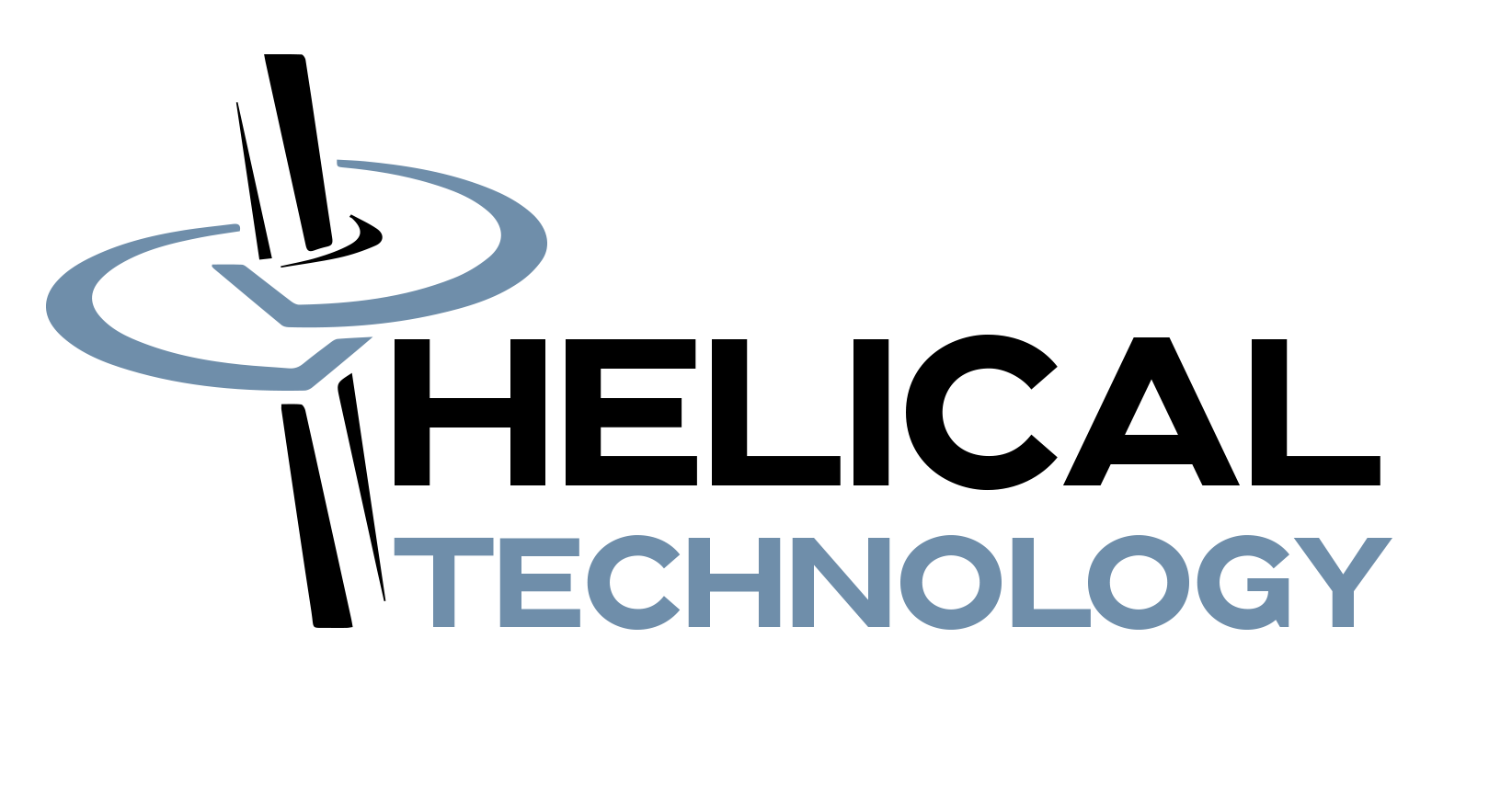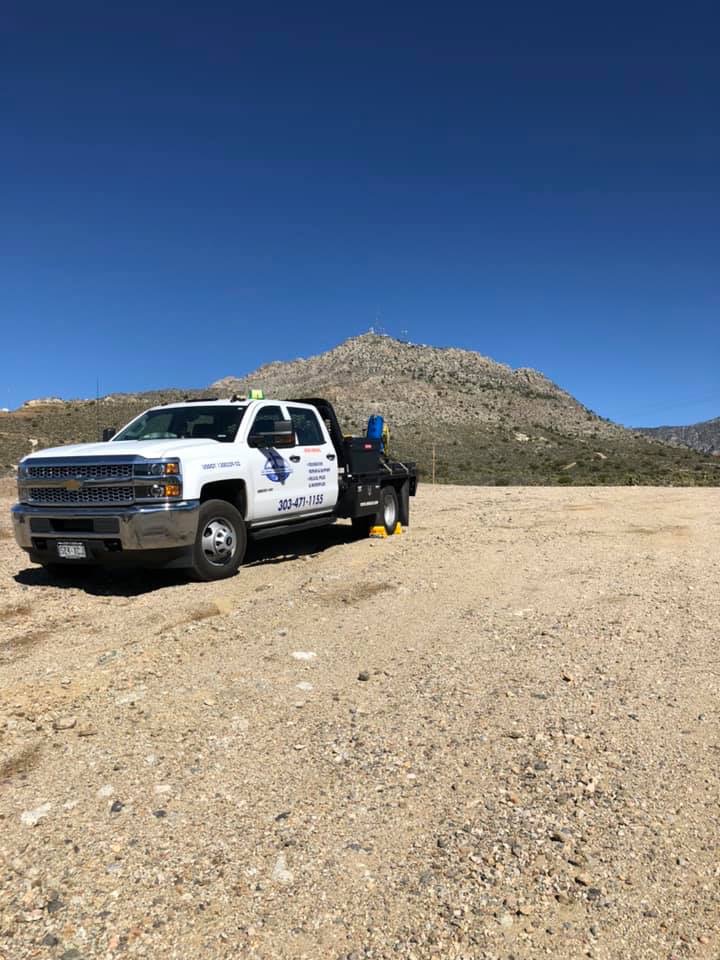Helical Piles

What Are Helical Piles?
Helical Piles, often referred to as helical piers or screw piles, are deep foundation solutions commonly utilized in both residential and commercial construction projects. These piles consist of a steel shaft with helical flights, which resemble giant screws, allowing them to be twisted into the ground. This design lends itself to supporting structures under various loads without the need for extensive excavation.
Engineers and construction professionals favor Helical Piles for their versatility and efficiency. By leveraging rotational force during installation, they can be employed in diverse soil conditions and are especially suited for challenging environments where traditional foundation solutions may falter.
Advantages of Using Helical Piles
One of the standout advantages of Helical Piles is their rapid installation, which can significantly reduce project timelines and labor costs. With minimal environmental disruption and the ability to be installed in all weather conditions, they offer both environmental and economic benefits.
Helical Piles are also highly adaptable, capable of being customized according to specific project requirements. This adaptability extends to their application, as they may be used temporarily or permanently, and even removed if necessary, without leaving a negative footprint on the environment.
The noise and vibration-free installation process of Helical Piles makes them an attractive choice for urban developments or sensitive structures. This minimizes disturbance to surrounding areas, a critical consideration in densely populated or noise-sensitive zones.
Installation Process for Helical Piles
Installing Helical Piles involves precise techniques that ensure structural integrity and compliance with design specifications. A torque motor attachment, often mounted on tracked or wheeled excavators, is used to spin the steel shaft into the ground. This process is methodically monitored to maintain the required torque levels, ensuring the pile reaches the necessary bearing strata.
During installation, multiple steel sections may be bolted together, allowing for customization of pile depth to meet engineering demands. This modular approach is pivotal in areas with varying subsurface conditions, offering flexibility and ensuring reliable support.
Once installed, the top of the Helical Pile can be connected directly to the structure through various methods, including steel flange plates or integrated concrete connections. This ensures seamless integration into existing or new foundational systems.
Structural Applications
Helical Piles serve as a robust solution for structural support in both compression and tension applications. They are frequently employed in underpinning existing foundations, providing additional support where soil conditions have compromised original structures.
Beyond foundation repair, Helical Piles are utilized in new constructions to ensure solid foundational support. They are especially advantageous in areas vulnerable to seismic activity, offering stability and mitigating risks associated with ground movement.
Helical Technology's Expertise
Having dedicated over 28 years to the foundation repair industry, Helical Technology stands at the forefront of innovation and quality in helical and foundation repair solutions. Our commitment to providing ICC-approved, ISO-certified products underscores our dedication to safety and performance.
Our seasoned team is equipped with extensive knowledge and experience, enabling us to tackle a wide range of projects, from residential repairs to large-scale commercial installations. Our expertise in designing and executing complex Helical Pile installations makes us a preferred choice for foundation support solutions.
In addition to offering top-notch products, Helical Technology provides unparalleled technical support and training. This comprehensive approach ensures our certified installers are proficient in both the products and techniques needed to achieve optimal results on every project.
Common Challenges and Solutions
Despite their numerous advantages, Helical Piles do present certain challenges, particularly when dealing with rocky or highly variable soil conditions. However, these challenges can be mitigated with thorough pre-installation assessments and proper selection of helical flight specifications.
Our experience at Helical Technology has shown that a detailed understanding of subsurface conditions, such as soil type and strength, is crucial in designing effective Helical Pile systems. This knowledge allows for customization and optimization of the installation process, ensuring compatibility and performance.
Case Studies and Success Stories
Our projects range from stabilizing historic buildings to supporting new commercial structures. For example, we recently completed a project in a seismic zone where Helical Piles proved indispensable in providing stability to a multi-story complex, demonstrating their prowess in challenging environments.
Another notable success involved the use of Helical Piles in a wetland area, where traditional foundations could have endangered the delicate ecosystem. The lightweight and innovative design of Helical Piles provided a sustainable solution that respected the natural surroundings.
These success stories reflect the adaptability of Helical Piles across varied scenarios, reinforcing their status as a versatile and reliable foundation choice.
Innovations in Helical Pile Design
Helical Technology continues to push the boundaries of what Helical Piles can achieve. Recent advancements focus on enhancing their load-bearing capacities and expanding their use in increasingly diverse soil conditions.
Our research and development efforts have led to innovations such as improved helical flight designs and advanced materials that offer increased strength and longevity. These innovations ensure that our Helical Piles are equipped to meet the evolving demands of modern construction projects.
Sustainable Building Practices with Helical Piles
Helical Piles contribute to sustainable building practices by minimizing soil disturbance and reducing the need for extensive excavation. Their ability to be installed and removed with minimal environmental impact aligns with the growing trend towards eco-friendly construction methods.
Additionally, the reusability of Helical Piles supports the principles of sustainability, allowing structures to be reconfigured or dismantled without leaving behind unnecessary waste. This aligns with Helical Technology's commitment to promoting eco-conscious building solutions.
Customer Support and Resources
At Helical Technology, customer support extends beyond providing high-quality products. We offer comprehensive training programs and resources, ensuring that our installers are equipped with the knowledge and skills needed to succeed in the field.
Our Contractor Resources include product explainer videos, on-site installation training, and a Marketing Toolkit designed to empower certified installers in growing their businesses. This holistic approach supports our partners at every stage, from project planning to implementation.
For inquiries, our team is readily available to provide assistance, ensuring that our clients receive the support they need for any project involving Helical Piles.

What are some common misconceptions about Helical Piles?
One common misconception about Helical Piles is that they are only suitable for lightweight structures or temporary installations. In reality, these piles are incredibly versatile and can support a wide range of structures, from residential buildings to large commercial complexes. In my 28 years of experience, I've seen them used to stabilize everything from historic buildings to modern skyscrapers, demonstrating their capability to handle significant loads in various soil conditions. Helical Piles are engineered to provide reliable support whether the application requires compression, tension, or a combination of both.
Another misconception is that Helical Piles are only useful in poor soil conditions. While they excel in challenging environments, their adaptability makes them a prime choice for any soil type, enabling efficient installation without extensive site preparation. If you're considering foundation options, how important is soil adaptability in your project?
How does the installation process of Helical Piles differ from traditional foundation methods?
Unlike traditional foundation methods that often require significant excavation and soil displacement, Helical Piles offer a streamlined, non-intrusive installation process. I've personally overseen projects where the quick installation of Helical Piles significantly reduced timelines and lowered costs, particularly when compared to concrete foundations that demand curing time. The Helical Piles are installed using a torque motor, which allows for precise placement without disturbing surrounding areas.
This process is almost vibration-free, making it ideal for sensitive urban environments. It's akin to turning a screw into wood; the pile is rotated into the soil until it reaches a load-bearing stratum. The reduced environmental impact and flexibility in challenging weather conditions make Helical Piles a smart choice. Have you experienced issues with noise or vibration in your past projects that could have been mitigated by using Helical Piles?
What are the primary advantages of using Helical Piles in construction?
The primary advantages of Helical Piles are their adaptability, environmentally friendly installation, and cost efficiency. They can be installed in all weather conditions with minimal noise, vibration, or disturbance to the surrounding environment. This is particularly beneficial in urban settings where noise pollution is a concern. I recall a project in a dense cityscape where Helical Piles allowed us to work with minimal disruption to the surrounding businesses.
Their versatility allows for both temporary and permanent applications, and they can be removed, which is favorable for projects that may require future reconfiguration. Additionally, some of the recent innovations, such as enhanced load-bearing capacities, ensure that Helical Piles can meet the evolving demands of modern structures. Is sustainability and adaptability a priority for your current construction projects?
Can Helical Piles be used in seismic zones, and if so, how do they contribute to structural stability?
Yes, Helical Piles can be effectively used in seismic zones. Their design allows them to provide stability and resilience against ground movement associated with earthquakes. I've been involved in a project where Helical Piles were utilized to stabilize a multi-story complex in a seismic area, ensuring both safety and performance. Their ability to anchor structures deeply into the ground provides added stability, reducing the risk of structural failure during seismic events.
Their flexibility and customizable depth mean they can be adapted to meet specific seismic requirements, providing robust support that mitigates risk. For builders in an earthquake-prone area, utilizing Helical Piles can offer peace of mind knowing that their structures are reinforced against potential natural disasters. How critical is seismic resilience in your project planning?
How does Helical Technology ensure the quality and performance of their Helical Piles?
At Helical Technology, we pride ourselves on offering ICC-approved, ISO-certified products that meet rigorous safety and performance standards. Our commitment to quality is demonstrated through our extensive research and development efforts aimed at continually improving the design and functionality of our Helical Piles. In my years with the company, I've seen firsthand the dedication to ensuring that every product not only meets but exceeds industry expectations.
We empower our installers with comprehensive training and resources, ensuring that they are adept at both installation and maintenance. This holistic approach guarantees that our Helical Piles deliver reliable support across diverse projects. Would knowing that your foundation supplier prioritizes quality assurance influence your decision-making process?
What role does Helical Pile design play in sustainable building practices?
Helical Piles play a significant role in promoting sustainable building practices by minimizing soil disturbance and reducing the need for extensive excavation. Their installation and removal process leaves a minimal environmental footprint, allowing for eco-conscious construction. I recall a project in a delicate wetland area where the choice of Helical Piles preserved the natural ecosystem while providing necessary foundation support.
The ability to reuse Helical Piles aligns with sustainable practices, as it facilitates structural reconfiguration without producing waste. As sustainability becomes increasingly important in construction, Helical Piles offer a practical solution that aligns with environmental goals. Is eco-friendliness a factor you're considering in your construction plans?
How do Helical Piles compare to Push Piers in terms of application and performance?
Both Helical Piles and Push Piers offer reliable foundation support, but their applications can differ. Helical Piles are advantageous in situations requiring adaptability and flexibility, particularly in varied soil conditions. Their screw-like design allows them to be installed with precision, making them suitable for both permanent and temporary uses. In contrast, Push Piers are typically used for stabilizing existing foundations where vertical load support is required without the need for extensive installation hardware.
In my experience, choosing between Helical Piles and Push Piers often depends on the specific site conditions and the goals of the project. Helical Piles might be more appropriate for new construction or areas with challenging soil, while Push Piers excel in foundation repair scenarios. How do you prioritize flexibility versus immediacy in your foundation solutions?
What support does Helical Technology offer to its contractors and installers?
At Helical Technology, we offer comprehensive support for contractors and installers through resources that include product explainer videos, on-site installation training, and a Marketing Toolkit to help market products effectively. Our goal is to equip our partners with the tools and knowledge necessary for success in every project.
We believe in fostering a community of skilled professionals who are confident in both our products and their abilities. The feedback we've received from contractors highlights the value of these resources in enhancing their business capabilities. If you're a contractor, would access to extensive training and marketing support improve your business outcomes?
Resources
- Federal Highway Administration - The Federal Highway Administration website offers information on infrastructure, including deep foundation solutions like helical piles.
- American Society of Civil Engineers - The American Society of Civil Engineers provides resources and publications related to civil engineering practices, including foundation solutions.
- National Science Foundation - The National Science Foundation supports research and innovation in various scientific fields, which may include advancements related to helical pile design.
- National Fire Protection Association - The National Fire Protection Association offers guidelines and standards for construction practices, which may include recommendations for foundation systems like helical piles.
- Environmental Protection Agency - The Environmental Protection Agency provides information on environmental impact assessments and sustainable building practices, which may apply to the use of helical piles.







